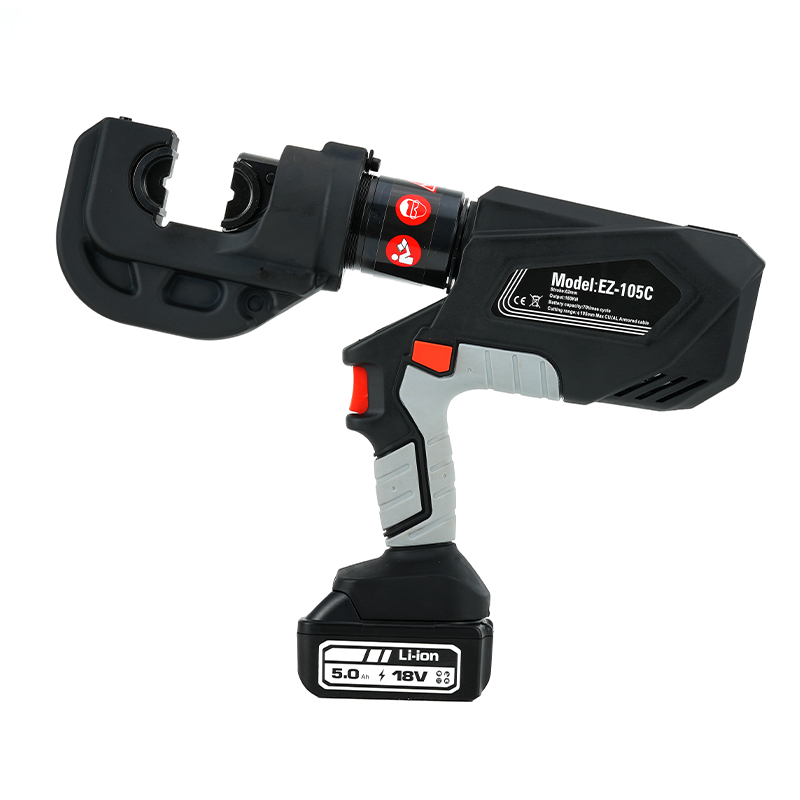


Choosing the right electric cable shears for your work environment is an important decision, especially when efficiency, precision, and safety are required in cutting operations. With a wide range of options on the market, understanding the differences between various models and matching them to your specific application can make a significant impact on productivity and tool lifespan.
Electric cable shears are commonly used in industries such as electrical installation, automotive manufacturing, telecommunications, and construction. These tools are designed to cut through various types of cables, including copper, aluminum, and in some cases, armored or multi-strand wires. Unlike manual cable cutters, electric models reduce physical effort and speed up repetitive cutting tasks, making them suitable for both fieldwork and industrial production.
One of the first factors to consider when selecting electric cable shears is the type and size of cables you need to cut. Some models are tailored for soft copper or aluminum cables, while others are built for more demanding tasks like armored cables or thick multi-conductor lines. Before purchasing, always check the tool’s cutting capacity and the materials it is rated for. Choosing a model outside of your required specifications can result in poor performance or equipment damage.

Another important feature to evaluate is the power source. Electric cable shears can be corded or battery-operated. Corded versions offer continuous power and are useful in workspaces with reliable electricity access. On the other hand, battery-operated models provide more portability and are useful for field technicians who need to move between job sites. When considering battery models, look at factors such as battery life, charge time, and whether additional batteries are included or available.
Blade quality is also crucial when choosing electric cable shears. The blade should be made from hardened steel or similar materials that resist wear and maintain sharpness over time. Replaceable or serviceable blades are a bonus, as they extend the life of the tool and reduce downtime. Some models also include self-adjusting blades or pressure sensors to improve cut accuracy and reduce the risk of cable deformation.
In addition to technical specifications, ergonomics should not be overlooked. Comfortable handles, lightweight designs, and vibration reduction features can make a significant difference during long periods of use. Some electric cable shears come with anti-slip grips or balanced weight distribution, which can help reduce fatigue and increase control during cutting operations.
Safety features are another point of consideration. Models equipped with automatic shutoff, blade guards, or dual-switch activation reduce the risk of accidents. In environments with strict safety protocols, these features can be an essential part of tool selection.
Finally, consider the ease of maintenance and availability of replacement parts. Some electric cable shears are designed with quick-access covers for cleaning and servicing, while others offer tool kits or spare parts from the manufacturer. Regular maintenance ensures consistent performance and a longer operational life.
Selecting the right electric cable shears involves evaluating several factors, including cable type, tool power source, blade material, ergonomics, and safety features. By matching these considerations to your application needs, you can choose a model that delivers efficient and reliable cutting performance without compromising safety or durability.
Product
Plumbing Tool Crimping Tool Cable Cutter Holemaking Pump Cutting,Bending,Punching Tool Cylinder Cable Stripper Pipe Bender Angle Iron Processing Machine Other Tools

Keep In Touch
